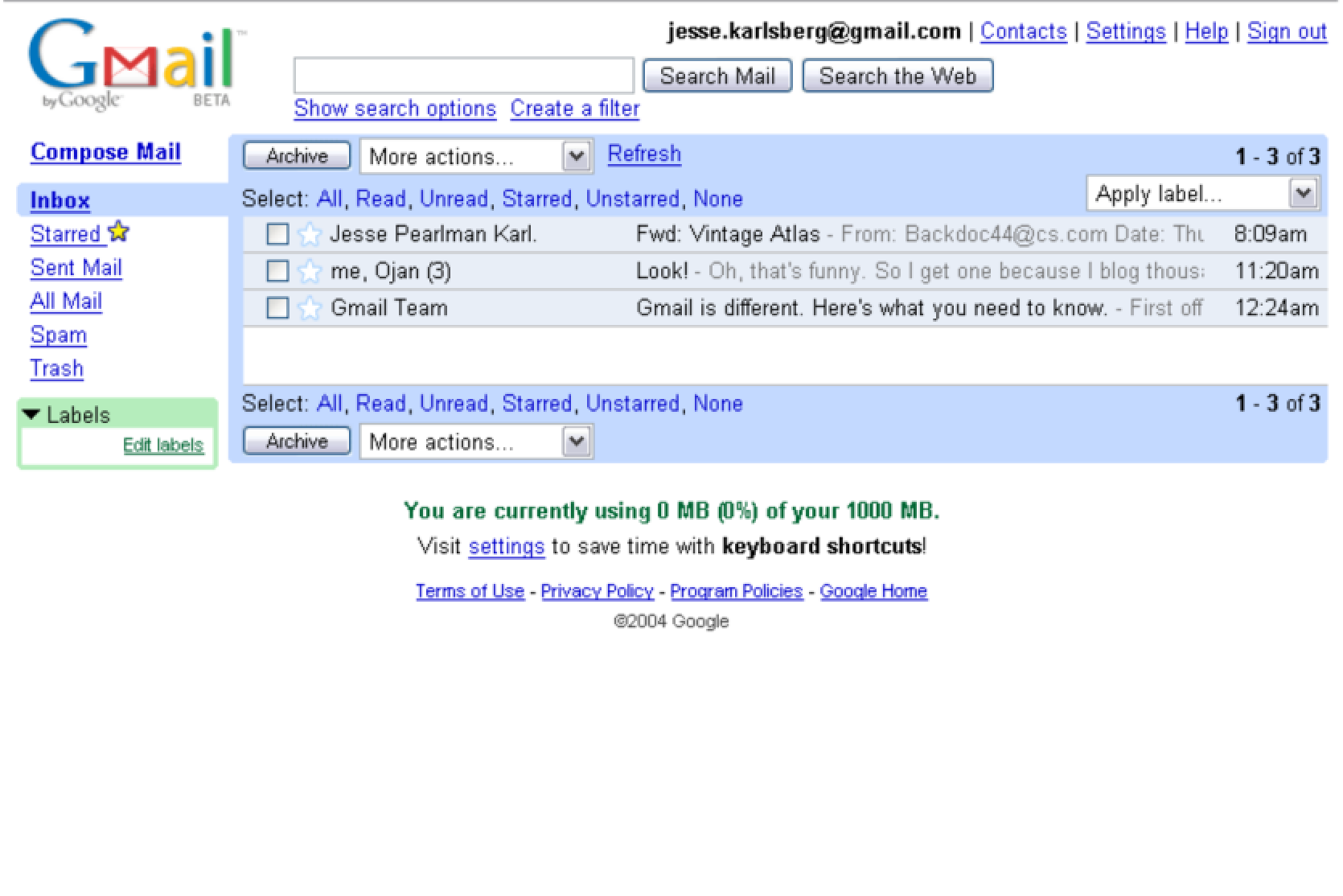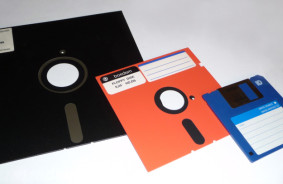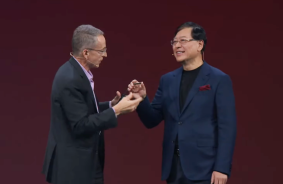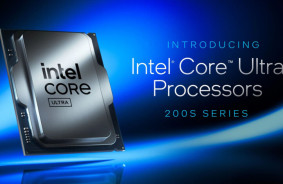On April 1, 2004, Google revolutionized email by launching the Gmail service.
At that time, Gmail was not the only email provider - Hotmail and Yahoo! Mail had been around for many years, but Google's service offered web access, higher speed, automatic email organization, integrated search functions, and 1 GB of memory, which at the time was a huge step forward in personal cloud storage capacity.
In a press release, Google boasted that the gigabyte of memory "more than 100 times" exceeded the offerings of competitors, and announced free access, which at that time seemed like an April Fool's joke.
Since then, we have learned that paying for digital services can be done not only with money - with Gmail, users provided data as a form of payment. The service's software could scan the content of users' email messages and use that information to show them personalized ads on the site's sidebar. Whether good or bad, it was an innovative approach.
For the first five years, Gmail was available in beta version by invitation only. When the service became public on July 7, 2009, it had over 100 million users - and a few years later, Google, which had improved its spam detection tool, something that users appreciated, reported 425 million active users. Gmail officially became the world's largest email service.
In its 20 years of existence, Gmail has become essential for a quarter of the world's population - as of today, according to AndroidPolice, 2 billion people use it. Google recently announced that it is integrating artificial intelligence Gemini into the service, so it will be interesting to see what achievements Gmail will boast for its 30th anniversary.














Comments (0)
There are no comments for now